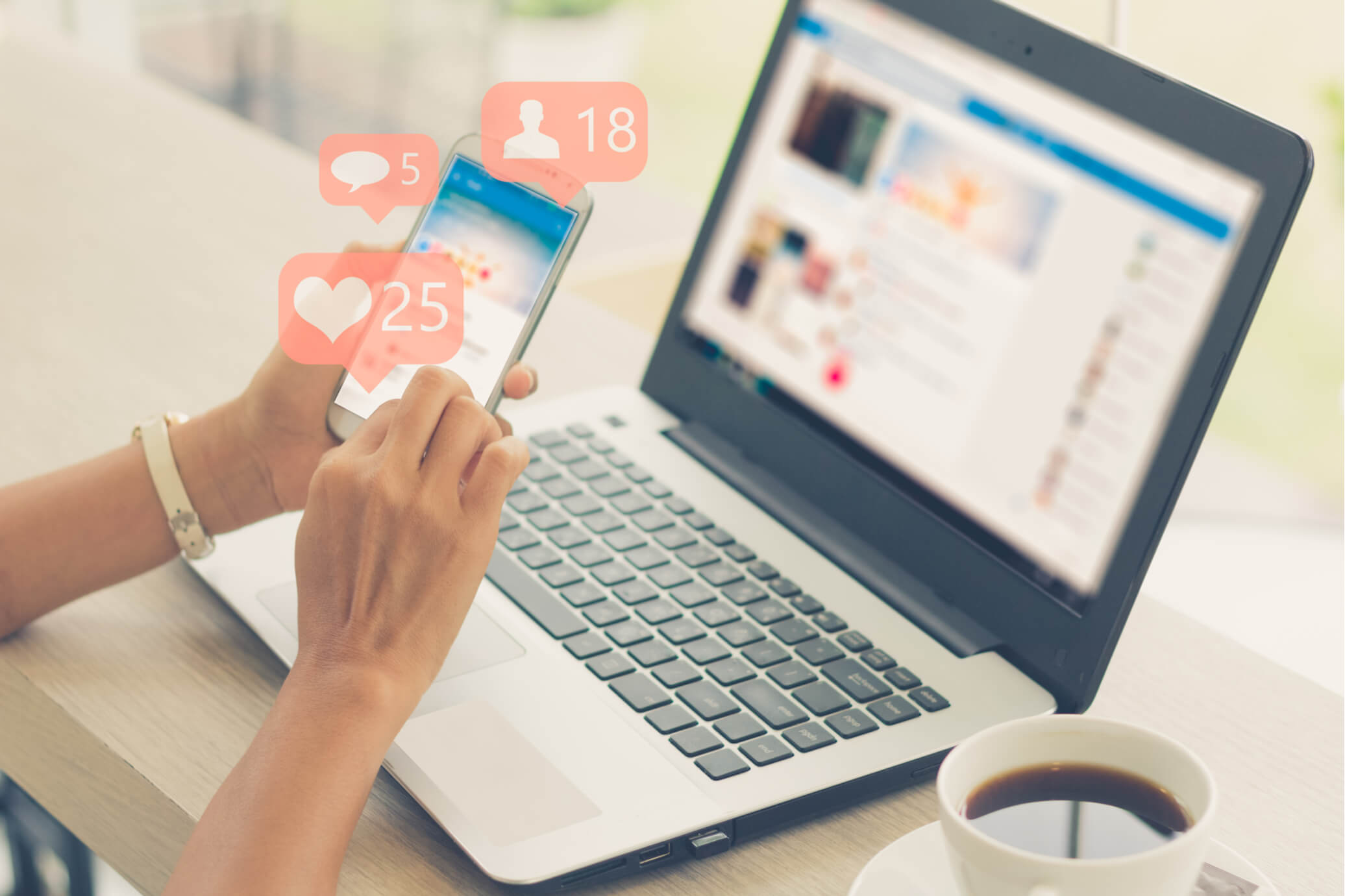It’s easy to go practically crazy. On average, it is estimated that each of us receives more than 300 daily notifications between messages, emails and push notifications from our applications daily.
Personally, this digital saturation eventually leads to blockage, tiredness, stress, lack of response, feeling of loneliness, anguish and, sometimes, it can cause personal disconnection and with the family environment and even crises of anxiety.
At work, digital saturation leads to a radical decline in productivity, because the hyper-requirement that results from having to be responding quickly and well to emails, whatsapps and other notifications ends up causing demotivation to the worker.
Nowadays it seems impossible to leave home without our cell phone. In fact, there is even a pathology described under the name ‘nomophobia’ that describes an irrational fear of being without the ‘smartphone’, with symptoms such as anxiety, tachycardia, obsessive thoughts, headache and stomach pain.
And from this fear, we feel unable to turn off our devices for a few hours, to relax and establish distances, so we create relationships with our emails and chat groups in which when we open our phone hundreds of notifications appear. It is a vicious circle.
The end of digital saturation is to turn off the digital phone every day, at least a few hours. Do not put it in a drawer. We have to develop the ability to act without reacting impulsively, we will have more capacity for self-control and we will be less prone to addictive and destructive behaviors.
The way forward to combat digital saturation:
1- Hang up the phone
2- Silence the phone
3- Create the routine of deciding when to use it
4- Owning our time














